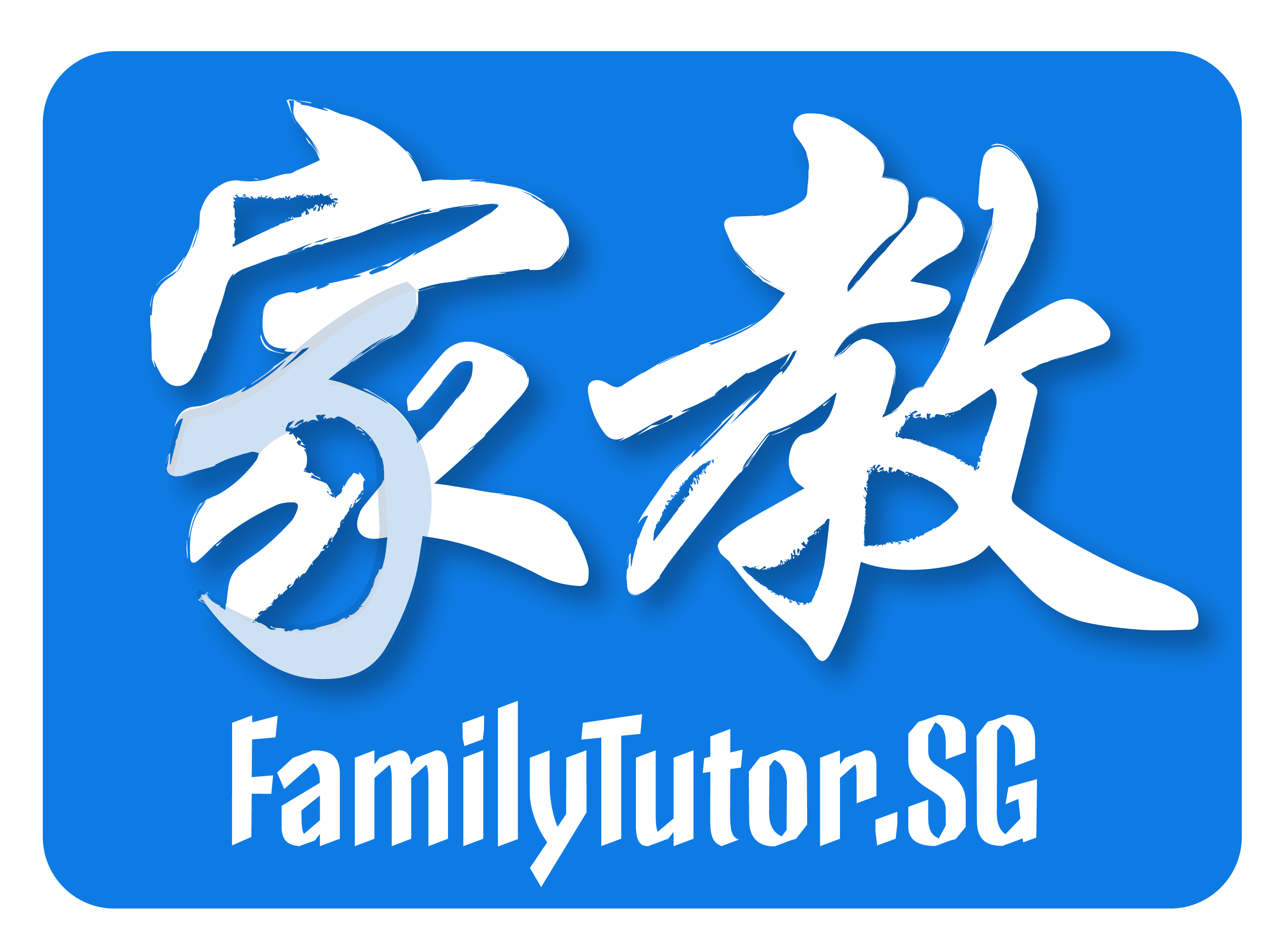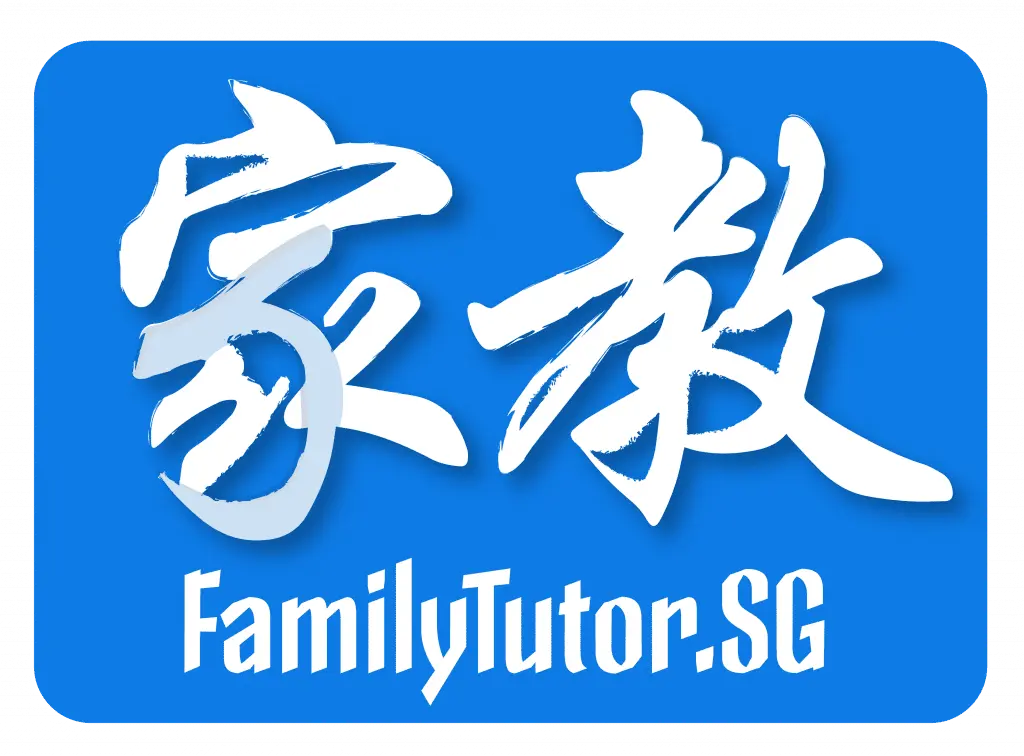
Reducing Common Chinese Writing Errors With a Home Tutor

Learning Chinese can be both rewarding and challenging. For students in Singapore, mastering the written form of the language often poses more difficulties than speaking. Many students struggle with writing errors that can affect their grades and confidence. Fortunately, home tuition can provide personalised support to address these issues efficiently. With tailored guidance, students can overcome common pitfalls in Chinese writing and build a strong foundation for academic success.
Table of Contents
Understanding the Most Frequent Chinese Writing Errors
Many students make similar mistakes when learning Chinese, regardless of age or proficiency level. Recognising these common errors is the first step toward improvement. Some of the most frequent issues include:
1. Character Confusion – Chinese has thousands of characters, many of which look or sound similar. Students often mix up characters such as “道” and “導,” leading to incorrect sentences.
2. Stroke Order Mistakes – Proper stroke order is essential for legible writing. Incorrect stroke sequences can make characters difficult to read and memorise.
3. Tone Misplacement in Writing – While tones are primarily a spoken concern, misunderstanding the tone can lead students to choose incorrect characters that sound alike but carry different meanings.
4. Grammar and Sentence Structure – Students may misuse conjunctions, particles, or sentence patterns, creating sentences that are technically incorrect or unclear.
5. Overuse of Simple Words – Some students rely too heavily on basic vocabulary, limiting the complexity and expressiveness of their writing.
Understanding these errors can help parents and students focus on areas that require improvement, making lessons with a home tuition tutor more productive.
How Home Tuition Provides Personalised Guidance
One of the main advantages of working with a home tutor is the ability to receive personalised attention. In a classroom, teachers may not have time to address individual challenges for each student. Home tutors, however, can tailor lessons to the student’s level and learning style.
For example, a student who struggles with stroke order can receive exercises that emphasise proper formation. A tutor can observe the student’s writing in real-time, correcting mistakes as they occur. This immediate feedback helps students internalise correct practices more quickly than self-study or standard classroom instruction.
Moreover, a home tutor can customise learning materials to target specific weaknesses. If a student frequently confuses characters, the tutor can introduce mnemonic techniques, visual aids, or interactive games to make memorisation easier. Over time, these targeted interventions significantly reduce recurring writing errors.
Practical Strategies To Reduce Writing Errors
In addition to one-on-one guidance, home tutors often introduce practical strategies that students can apply independently. Some of the most effective methods include:
Repetition and Practice
Repetition remains one of the most effective techniques for mastering Chinese characters. Writing each character multiple times reinforces memory and stroke patterns. Tutors can create worksheets focusing on frequently miswritten characters, helping students build confidence through consistent practice.
Dictation Exercises
Dictation helps students connect spoken and written Chinese. By listening carefully and writing down sentences, students improve both character recognition and spelling accuracy. Regular dictation sessions also expose students to proper grammar and sentence structures, reducing errors over time.
Error Analysis
A proactive approach is to review and analyse mistakes after each assignment. A home tutor can guide students in identifying patterns in their errors, such as misused words or incorrect sentence structures. This analysis encourages students to be more self-aware and take corrective action in future writing tasks.
Engaging With Chinese Media
Reading books, news articles, and online content in Chinese can improve vocabulary and contextual understanding. Tutors often recommend age-appropriate texts and discuss new words or phrases with students. This exposure helps students naturally integrate correct grammar and more diverse vocabulary into their writing.
Benefits of One-on-One Attention
Many parents underestimate the value of individualised instruction. Beyond correcting errors, a home tutor can nurture a student’s motivation and confidence. Students who feel supported are more likely to practise consistently and take an active interest in learning.
One-on-one tutoring also allows for flexible pacing. Students who struggle with a particular concept, such as proper use of particles or sentence connectors, can spend more time on it without feeling rushed. Conversely, advanced learners can be challenged with more complex exercises, preventing boredom and stagnation.
How to Choose the Right Home Tutor
Selecting the right tutor is crucial to addressing writing errors effectively. Parents should consider several factors:
- Experience and Expertise – Tutors with a strong background in teaching Chinese can identify common mistakes quickly and provide strategies tailored to the student’s level.
- Teaching Style – Some students thrive under structured lessons, while others benefit from interactive and game-based learning. Matching the tutor’s style with the student’s needs improves engagement.
- Feedback and Communication – A tutor who provides clear, constructive feedback and communicates progress to parents ensures that improvements are monitored effectively.
Platforms like FamilyTutor offer a range of vetted home tutors who specialise in Chinese, making it easier for parents to find a tutor who meets their requirements.
Measuring Progress and Success
One of the advantages of home tuition is the ability to track improvement closely. Tutors can set measurable goals, such as reducing character errors in weekly exercises or improving sentence structure in essay writing. Regular assessments, combined with detailed feedback, provide tangible evidence of progress.
Parents can also monitor improvements by comparing older assignments with newer ones. Seeing a reduction in common errors boosts the student’s confidence and reinforces the value of consistent practice with a home tutor.
Encouraging Independent Learning
While a tutor provides essential guidance, students also benefit from developing independent learning habits. Tutors can teach strategies for self-correction, such as using dictionaries or online resources to verify characters and grammar. Encouraging students to review their own work fosters long-term skills that will be useful beyond school assignments.
Conclusion
Reducing common Chinese writing errors is achievable with focused, personalised support. Home tuition provides students with targeted lessons, immediate feedback, and practical strategies that address their specific weaknesses. By working with a skilled tutor, students can improve their character formation, grammar, and overall writing confidence. For parents seeking professional assistance, FamilyTutor connects families with experienced tutors who specialise in Chinese, making it easier to support students in achieving academic success. Investing in a home tutor not only addresses immediate writing challenges but also builds a foundation for lifelong learning and language mastery.
For families in Singapore looking to strengthen their child’s Chinese writing skills, exploring home tuition options with FamilyTutor is a practical step toward reducing errors and enhancing confidence in the language.

Carelle
Carelle is a teacher who has been through the ups and downs of the teacher and learner life. She wishes for every learner to gain educational satisfaction that will help embody the people they want to be in the future.




